How long do green coffee beans last
You may have wondered how long do green coffee beans last? Some may have found it aggravating when coffee retailers show packet images or even open packets to prove to their customers that their coffee has not been sitting about for ages.
Introduction
Table of Contents
Green coffee beans have become extremely popular among people who want to lose weight. However, not all of them are aware of how long green coffee beans last. Green coffee beans always come in large quantities. Therefore, it’s advised to know how long they will last.
Green coffee beans are coffee seeds before they’re roasted. They typically retain most of their nutrients and antioxidants, making them a more nutritious choice than regular coffee. Once ground, some of the compounds in the beans begin to break down, which diminishes the nutrients found in green coffee beans. However, like canned goods, you may extend their shelf life by storing them in an airtight container away from heat and light (for comparison). You’ll want to keep them whole if you can so it’s easier to scoop out a portion for use in your recipe.
We all know green coffee beans are the best. They are rich in natural antioxidants and are free of chemicals, preservatives, and additives. That’s why so many people love them. However, how long does a bag of green coffee beans last? Will they spoil if you store them incorrectly?
It’s not far-fetched for folks to wish to reduce their caffeine use and consume healthier foods and beverages these days. Coffee is one area where many people make changes, but replacing it with another type of bean (or fruit) is prevalent.
How to store green coffee beans
Green coffee beans, like most other natural products, will eventually go wrong. They can, however, be stored for a more extended amount of time provided specific precautions are followed to care for them properly. Although green (unroasted) coffee beans can be stored at room temperature for a year or two, it is recommended to keep them in a cooler climate to lengthen their shelf life.
Instructions
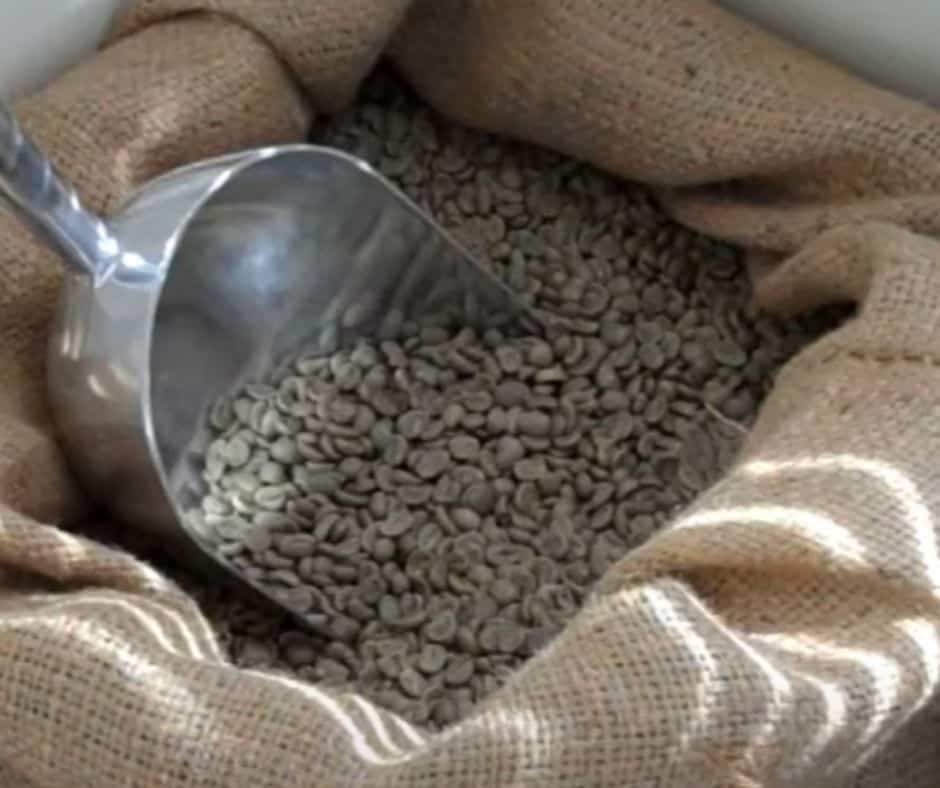
Try to keep your green coffee beans in a cool and dry place. Temperatures below 50 degrees Fahrenheit are ideal for coffee beans. Temperatures exceeding 90 degrees Fahrenheit should be avoided because high heat may cause the oils found in the coffee beans to evaporate.
Mold and mildew can grow on green coffee beans if exposed to dampness. To prevent this from happening:
- Try packaging your green coffee beans in either an airtight container or ziploc bag.
- If you plan on storing your green coffee bean supply for an extended period of time, check on their status every few days.
- Ensure that there are no visible signs of mold or mildew growing on the coffee beans and discard any you find with these signs.
How to store green coffee beans long term
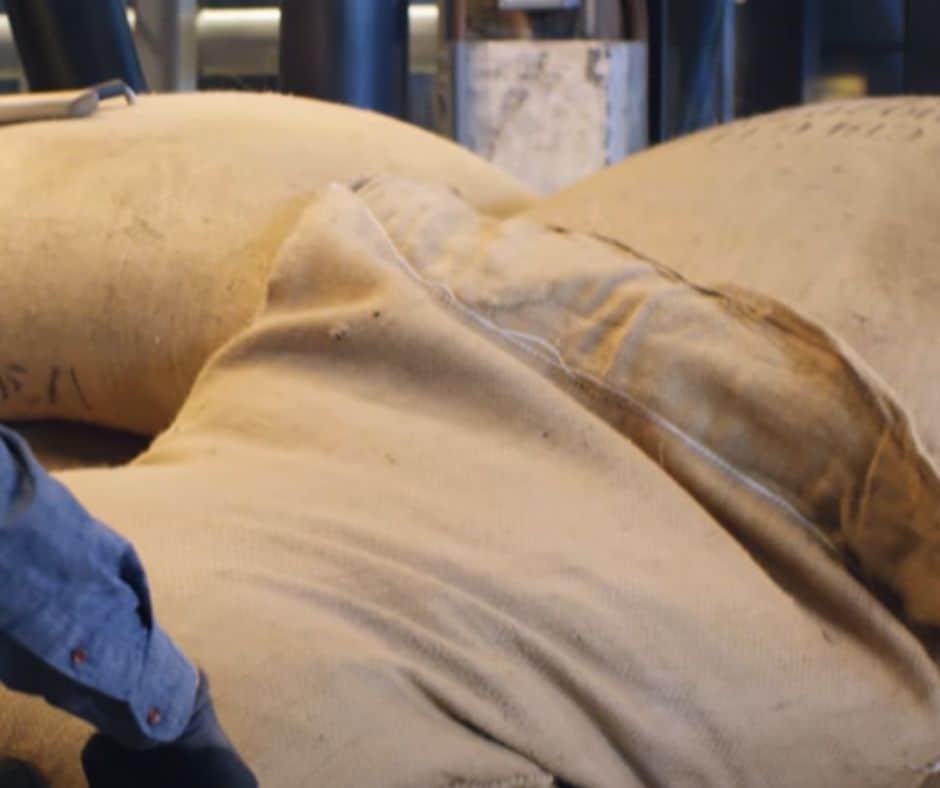
There are different ways to store your green coffee beans, but the main goal is to keep them in a dark, cool place. Keep the beans in an airtight container in the fridge or freezer. If you must store them in an area with light exposure, put them in a light-resistant container. Green COFFEE BEANS, GROUND should be kept at room temperature if you will use them within two weeks of purchase. Otherwise, it is best to keep the coffee beans in a freezer. Of course, you can always consume your green beans right away if they are fresh and delicious!
How long do green coffee beans last?
Green coffee beans generally have a shelf life of about two years when stored properly. If the expiration date has passed on your green beans, there’s no need to throw them out! You can still use them for other things like composting or feeding your hamsters or guinea pigs.
Green coffee beans are the natural, unroasted seeds of the coffee plant. They are not brewed like regular coffee, but rather are roasted to develop their flavor and aroma. Within a few weeks of roasting, green coffee beans can lose up to 50 percent of their taste. To maximize the shelf life of your green coffee beans, follow these tips for proper storage.
Refrigerate or freeze
You should store your green coffee beans in an airtight container in a cool, dark place. If you have extra beans that you don’t plan to use within two weeks, you should keep your beans in the refrigerator or freezer to preserve freshness. Coffee that has been stored at room temperature for longer than one month is probably stale and old.
To keep it fresh, put it in a glass jar with a tight-fitting cover.
The optimal jar for storing green coffee beans is one with a tight-fitting lid made of glass or metal. Storing your beans in an opaque jar will help block out UV rays, which break down the aromatic oils in the ground and whole beans alike. Glass jars allow you to see how much you have left, as well as help prevent light from getting inside your container and degrading the flavor of your coffee before you get a chance to enjoy it.
Green coffee beans, as the fresh unroasted seeds of Coffee plants, are the main ingredient in various food and drinks. Green coffee beans are generally available in two forms: whole and ground. Some brands of green coffee beans can be found in an instant form such as Nescafe. Still, more traditional methods of preparation include roasting the beans to produce the beverage that is then most commonly consumed either by itself or with milk added. The green coffee beans are usually sold in locations marketed as health food.
Green coffee beans can be purchased at stores that specialize in selling these kinds of products or they can also be found online through any number of retailers.
Green Coffee Beans last for an extended period if they are stored properly. They should not be kept in areas that experience extreme temperature changes, moisture, and humidity. The best place to store them is in a dry area that is cool and dark. Heat will cause the green coffee beans to lose their flavor over time.
Keep them dry by limiting their exposure to moisture.
Moisture is the most critical aspect. Their shelf life is influenced by the quantity of moisture they are exposed to. Take care to keep your beans in a cold, dry place at all times. Mold and bacteria can grow in a damp environment, eating away at your beans and rendering them useless.
The Job Is Done With A Consistent And Cool Temperature
The temperature is the second factor to consider. The ideal temperature for the beans is 60 degrees Fahrenheit, or similar to room temperature (between 68 to 77 Fahrenheit).
Green coffee beans should be stored at room temperature to maintain the coffee drinkable and rich texture. A temperature that is too high can dry out your beans, while a too low temperature will destroy them, resulting in a loss of flavor.
There is not a specific shelf life for coffee beans. The freshness of any coffee depends on the storage conditions. If you store them in the dark, at room temperature, and in an air-tight container, green coffee beans should stay fresh for several months. Some experts even say that you can store them for up to one year if you follow these instructions.
Depending on the type of bean, coffee beans can be stored for many years without losing their flavor and aroma.
Beans exposed to light, oxygen, and heat will begin to lose their flavor and aroma after a few weeks or months. If you buy green beans from your local supermarket or grocery store, they’ve probably been on the shelf for quite some time. Therefore, it’s essential to store them properly once you bring them home to ensure they stay fresh as long as possible.
The appropriate storage of green coffee beans is one of the most critical processes in brewing coffee. After being roasted, coffee beans can withstand exposure to oxygen and moisture, but green coffee beans are more delicate and need to be stored in a different way.
Dry and cool location
Ideally, green coffee beans should be stored in a dry, excellent location. A dark cupboard or pantry is the best place to store them if it is not extremely hot or humid. If you don’t have any space in your kitchen for storing them, a garage will also do just fine. Just make sure they’re not exposed to chemicals that might affect their flavor or scent. Storing them inside an opaque container or bag will also keep the light away from them and reduce the likelihood of damage.
Expiration date
Before purchasing green coffee beans, make sure to check the expiration date on the packaging. Most packages state that they should be used within approximately one year of purchase, but this is not always accurate. You can tell whether or not your coffee has gone wrong by smelling it – if it smells rancid, do not try to use it!
Green coffee beans are a raw product, meaning they haven’t been roasted yet. They’re green in color and most often packaged in oxygen-free containers to maximize freshness. When you buy green coffee beans, it’s best to store them in a cool and dark place, like your pantry or cupboard.
Tightly seal the container and keep the beans away from any moisture. It’s also a good idea to write the date of purchase on the package so you know how long they’ve been stored.
It’s crucial to examine the quality of your beans before utilizing them, just like any other food product. They should appear whole, not broken or discolored, and have no strange odors.
If your green coffee beans have gone bad, there will be an unpleasant odor and flavor when you try to use them for cooking. The texture will be mushy, as well, instead of firm. If you suspect that your green coffee beans are bad, throw them out immediately so that no one else eats them by mistake.
How would the longer roasting time of green coffee beans affect their caffeine content? Why?
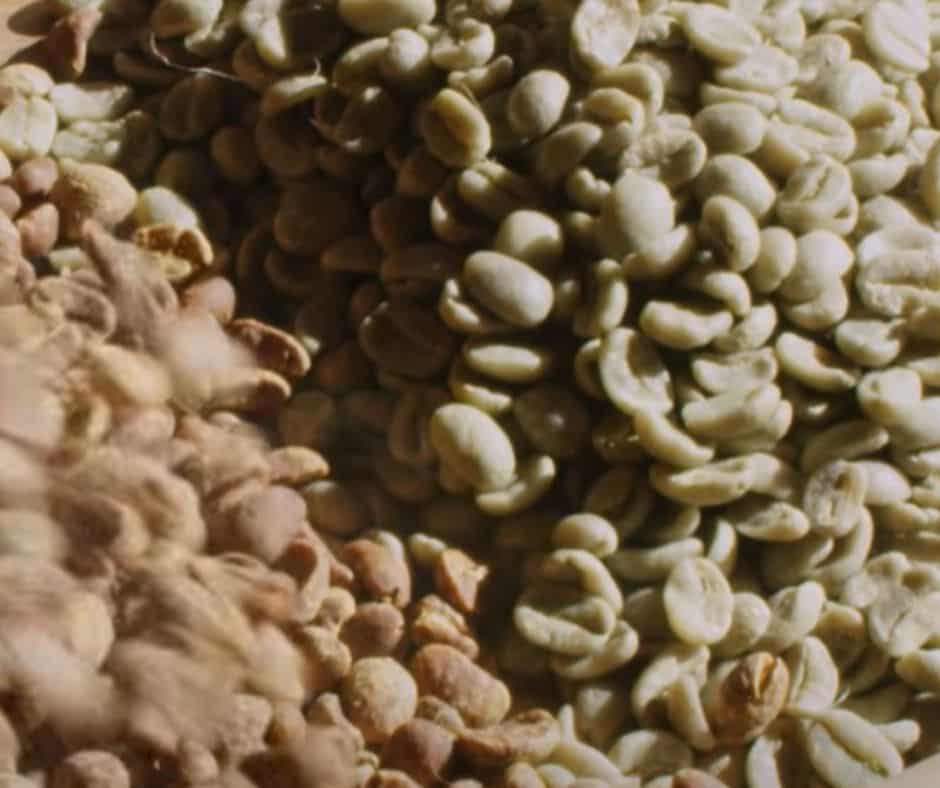
Green coffee beans, after roasting, do not contain the active ingredient in coffee – caffeine. They have not been roasted and therefore have no caffeine content. As you may know, coffee contains caffeine because, during the roasting process, some of the water-soluble compounds are transformed into water-insoluble compounds. This is a chemical reaction called pyrolysis.
Caffeine is one of these compounds that becomes water-insoluble during the roasting process and as a result is locked inside the bean after roasting.
The effect of increasing the roasting time on coffee beans can be explained using Le Chatelier’s Principle (the Law of Mass Action). Le Chatelier’s Principle states that if you increase the amount of any given reactant (in this case water) within a chemical reaction, then it will tend to force the response to shift in such a way that the response produces less water and more product(s). Therefore, if you increase the time at which you roast coffee beans, then there will be less water in them and therefore more caffeine.
The longer you roast coffee beans, the less caffeine they will have. This is because, during roasting, the beans are subjected to high temperatures that cause the water content in the beans to evaporate. As a result, as the temperature increases, there will be fewer water molecules available to react, resulting in less caffeine per bean.
The first step in roasting coffee beans is to preheat them to between 100 and 120 °C which causes them to expand. At this point, the green coffee beans change color and at approximately 118 °C they begin to crack. The cracks develop into holes that allow carbon dioxide and water vapor to escape inside. This process is called dehydration or pyrolysis and it’s essential as it prevents the development of mold or fermentation in later stages of processing.
In addition, at around 120 °C, aromatic oils and fatty acids are released from the bean by enzymatic activity. Gases formed during this process can make some people feel nauseous.
At about 130 °C water vapor starts escaping from inside the beans through pores in their skins. This occurs more rapidly at higher temperatures, so over-roasted coffee beans are often described as “burnt.”
Caffeine is one of the most natural central nervous system stimulants. In addition to being used as a psychoactive drug, caffeine is also widely used as a stimulant in soft drinks and several foods and medications. Coffee beans are one of the most popular sources of caffeine consumed worldwide.
When roasting coffee beans, timing is everything. Roasting releases carbon dioxide from the beans as well as chlorogenic acid and other gases; it’s also where most of the action takes place in terms of changing chemical composition. Using green coffee beans that have not been roasted correctly will yield unpalatable coffee that can taste burnt or bitter — not something you want to drink before you tackle your daily tasks!
Green coffee beans contain approximately 1 percent caffeine by dry weight; however, this level varies depending on variety and roast level. Because Arabica beans are of higher quality, they contain more caffeine than Robusta beans: Robusta contains more oil and has more defects than Arabica, so it is not as highly regarded.
Caffeine is a diuretic and stimulant drug found in coffee beans, tea leaves, cocoa beans, guarana berries, and some colas. It has been linked to stomach problems, dehydration, excessive urination, and increased heart rate.
Taken into the body in small quantities caffeine acts as a stimulant and can make you feel invigorated less tired, and more alert. In larger quantities it makes you feel anxious and jittery. Caffeine also increases your heart rate for about three to five hours after you consume it. When taken before exercise it can increase your endurance and decrease your perception of pain.
Do Green Coffee Beans Last Longer Than Normal Roasted Beans?
Green coffee beans, on average, last longer than roasted coffee beans. With time, roasted beans tend to lose their rich and robust flavors, becoming dull, insipid, and bitter. As a result, it’s better to eat your roasted coffee beans right away.
Depending on the roasting procedure, roasted beans can last anywhere from 10 days to 6 weeks. Dark roasted beans typically last longer than lightly roasted beans. Light roasts can keep their freshness for 7 to 10 days, whereas dark roasts can keep it for up to 6 weeks.
Conclusion
After purchasing green coffee beans fresh off the local farmer’s market, many people wonder how long they can keep green coffee beans before they need to be used. Green coffee beans are very high in antioxidants and chlorogenic acid, making them one of the most popular health supplements available today.
Green coffee beans should be kept in a tight-fitting container. You’ll want to store them in a cool, dark place like a cupboard or pantry because light and oxygen can affect the flavor. If stored properly, green coffee beans will last almost indefinitely.
Coffee beans are like other dried crops in the sense that they can be susceptible to moisture, light, and heat which can shorten their shelf life. In order to preserve the green coffee beans for the long term storage, they must be stored in an airtight container in a dark, dry location.

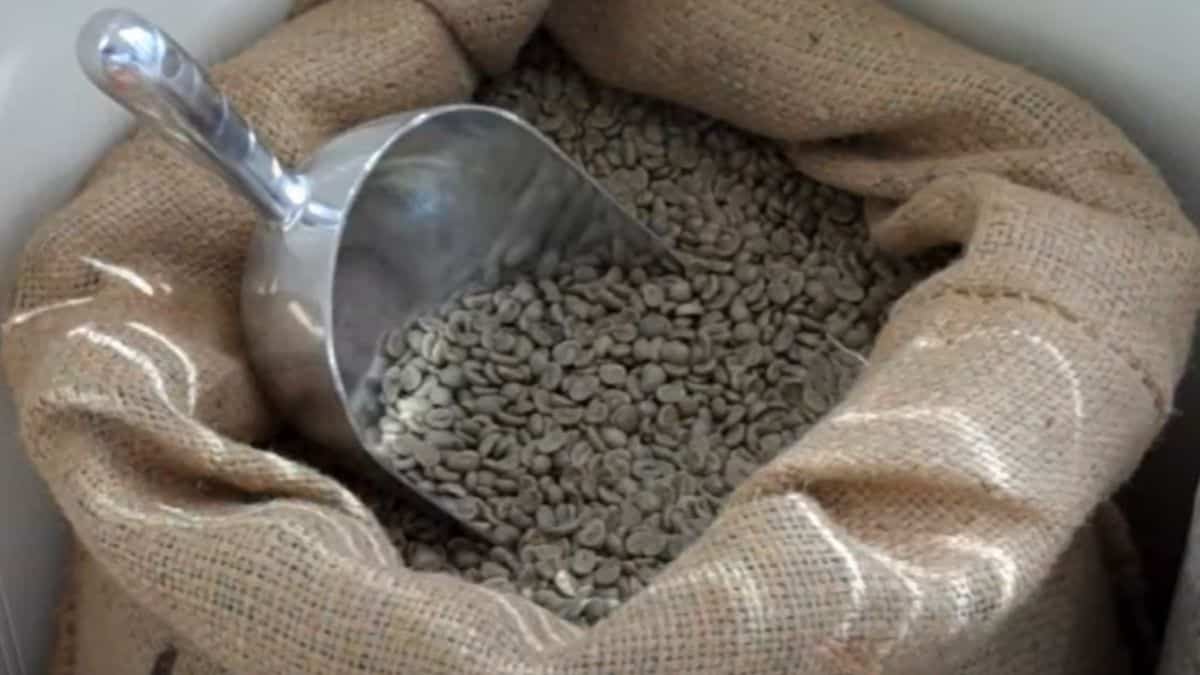
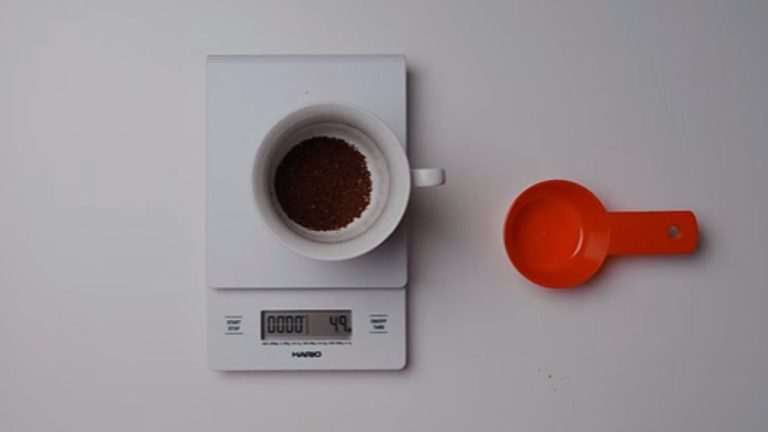


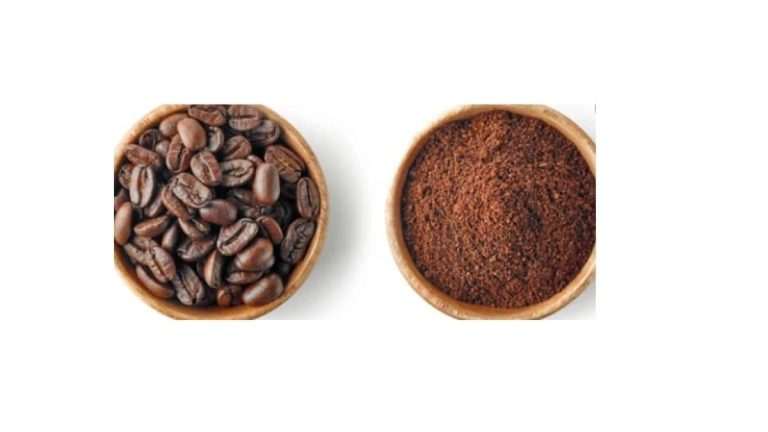
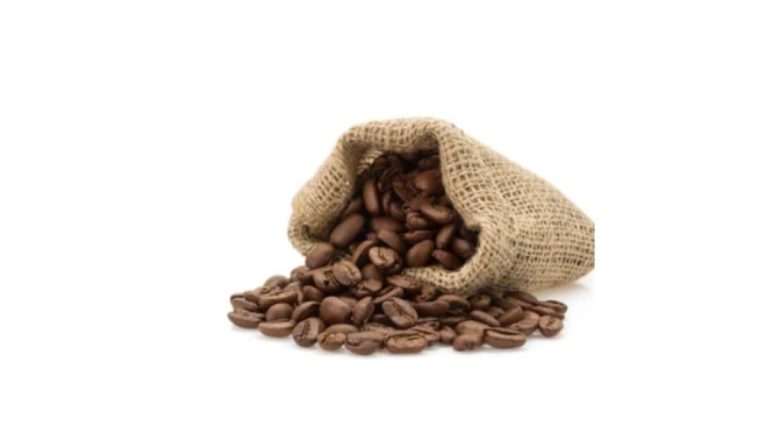
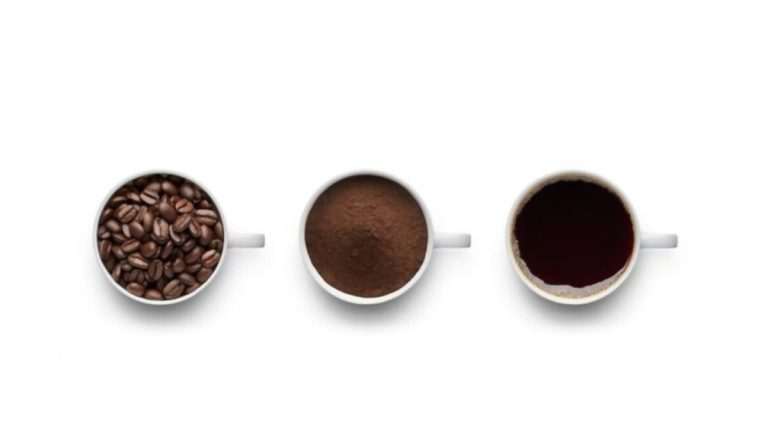
One Comment